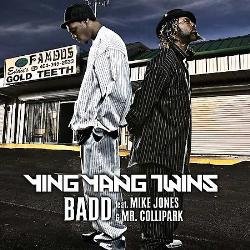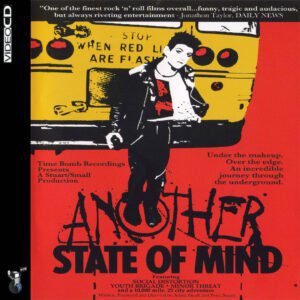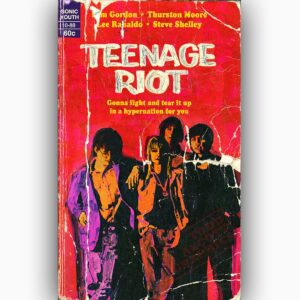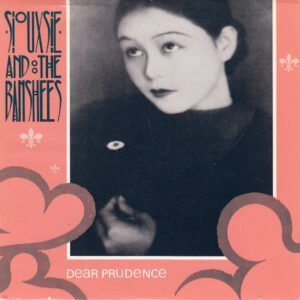Filter – Hey Man Nice Shot
Description
“Hey Man Nice Shot” is a song by American rock band Filter, released on April 25, 1995, as the lead single from their debut studio album Short Bus. Some radio stations were playing it as early as March. The guitar line in the chorus was previously used in the Stabbing Westward song “Ungod” in 1994. Stuart Zechman, who was also playing guitar for Stabbing Westward at the time, took the riff and showed it to Stabbing Westward, who ended up using it as well.
Lyrics and music
The song was written about the public suicide of Pennsylvania state treasurer R. Budd Dwyer on January 22, 1987, in Harrisburg, Pennsylvania. Dwyer had been convicted of bribery charges in December 1986, and was expected to receive a long sentence from U.S. District Court Judge Malcolm Muir. Professing his innocence and decrying the legal system, Dwyer shot and killed himself with a .357 Magnum revolver during a live televised press conference.
The bridge of Marilyn Manson‘s “Get Your Gunn” (1994) includes audio from the press conference where Dwyer shot himself, including the sound of the gunshot that killed him. When Marilyn Manson sampled the audio of Dwyer’s suicide, Filter’s Richard Patrick heard the sample and was excited by it; Manson believes that this interaction inspired Patrick to write “Hey Man Nice Shot.” Reflecting on the sample, Manson said “He wouldn’t have even heard it if I didn’t play it…. I don’t like him very much. He bothers me.”
Although Patrick frequently clarified this in interviews, as well as the fact that he had first written the song in 1991 before the band even had a record deal, the song’s popularity was augmented by a widespread perception that it was about the 1994 suicide of Kurt Cobain.
Musically, the verses of the song feature a “bed of ambient guitar” made with looped feedback as well as a distinctive palm-muted bass line, contrasting with the louder, guitar-heavy choruses and ending.
Music video
There are at least two versions of the music video for “Hey Man Nice Shot”. The first version uses the album mix of the song and the second uses the promo-only remix later heard in The Cable Guy. Both of these versions feature footage with color effects being added in during the post-production of the video.







